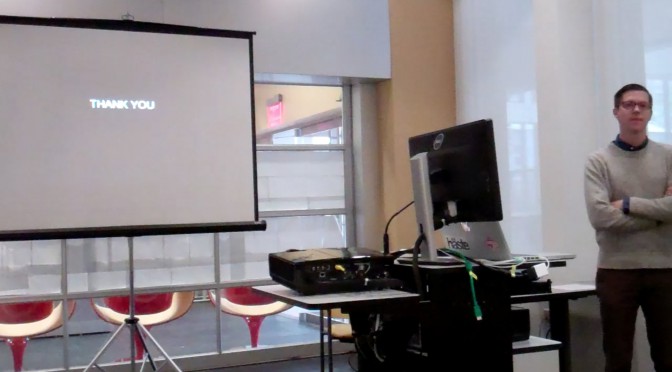Sanda Katila
Associate Professor
School of Visual Communication Design
Kent State University
Evidence suggests that people ages 60 and over take at least five different medications daily for distinct health issues, and that subsequent drug interactions create significant health problems. Secondary research shows that few patients can define the phrase, “drug interaction”. Despite this, little is written about what patients understand about drug interactions, and what is written lacks valuable data contributed by patients through nonverbal cues.
This paper examines the process of seeing patients’ nonverbal communication by visually mapping data, and suggests that mapping allows designers to look at data in fresh ways, which will ultimately open doors to further research in the area of drug interactions in an aging population. Visual theorist Johanna Drucker states that, “A basic distinction can be made between visualizations that are representations of information already known and those that are knowledge generators, capable of creating new information through their use.” (Drucker 2014, 65) Such design-generated knowledge has the potential to move the needle toward the reduction of harmful drug interactions.
The mapping process in this research specifically highlights connections between researchers’ questions and patients’ nonverbal responses. 13 non-verbal responses such as confidence, laughs, questioning, pause or deep breath, flat tone, etc. were coded to 31 questions to see if there are correlations between nonverbal responses and answers. Designers then, through visualizing these connections, may provide valuable new pathways in examining the qualitative research. More broadly, this paper will demonstrate the kind of value that designers can bring to qualitative research across a spectrum of data-rich fields.
This research was presented at the Design Incubation Colloquium 3.3: Kent State University on Saturday, March 11, 2017.
